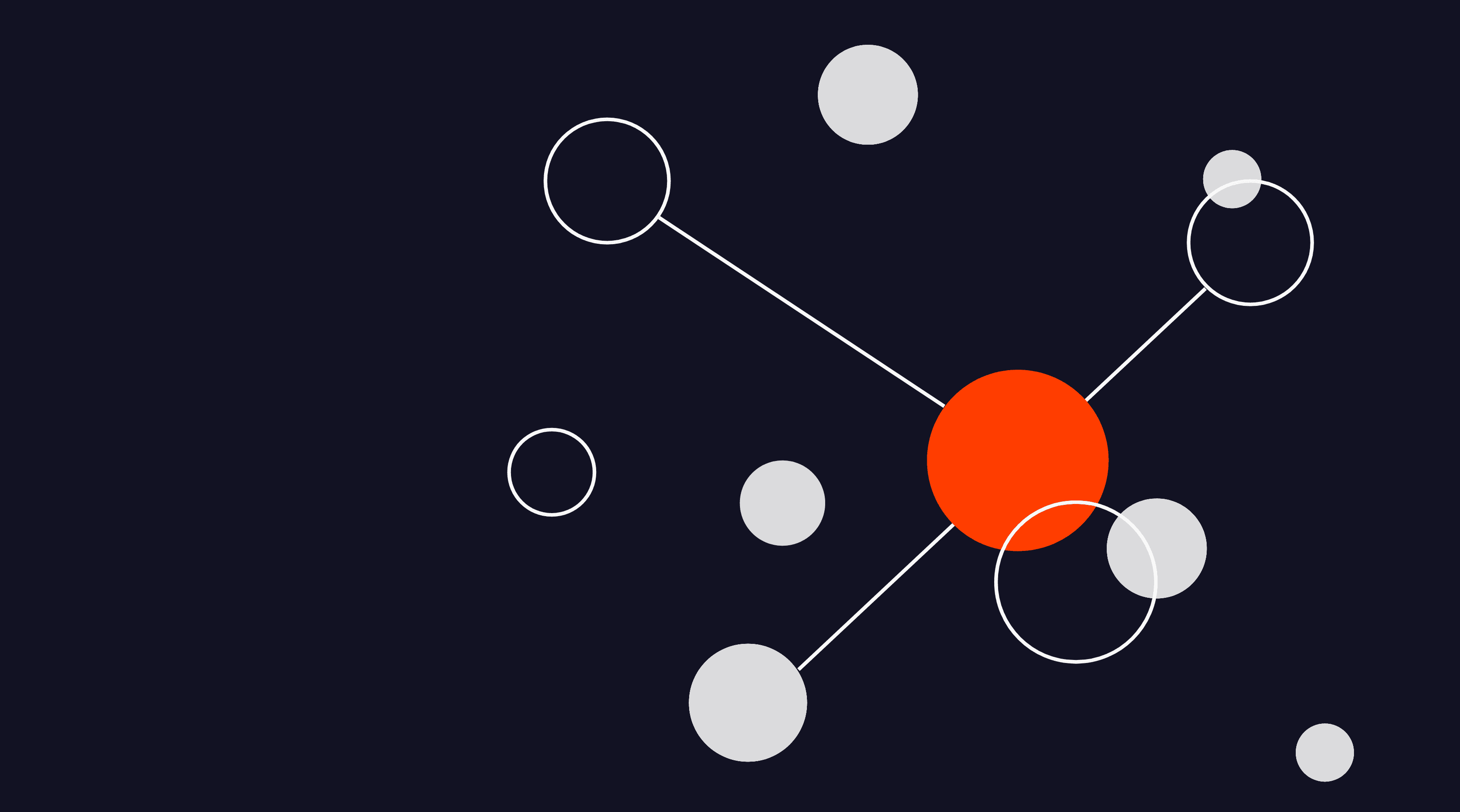Why get external research support?

Dr. Louise Croft Baker
Experience Director



We believe that hiring in help to conduct user experience research brings a level of objectivity that in-house teams can't provide so easily. By working independently, we're able to uncover some fairly fundamental insights around how customers perceive things as well as how they explain things.
A Research Apprenticeship
Here at the UX Agency we're always looking to learn; never moreso that during a research interview. As such, we tend to find ourselves acting like apprentices to the far more knowledgable user or customer. Watching what they do, unpicking how they react to a given scenario, or listening to them explain a particular topic. By doing so, we're heavily suggesting to participants that we have little-to-no subject matter expertise. In truth, we often don't!
By becoming an apprentice, people are more likely to open up as they don't feel they're telling you things you already know. It also allows us to probe and ask those "silly" questions that you can only ask from a position of ignorance. In reality it's this "ignorance" that leads to the most insightful findings.
Avoiding Confirmation Bias
External research approach also protects against confirmation bias. Confirmation comes about when interviewers ask leading questions in the hunt for confirmation of their own hypothesis.
We tend to experience that it's often internal staff who already have keen ideas and expectations of outcomes are those more prone to questioning in this way.
Focusing on Customer Needs, not Features
By focusing following the apprentice approach (described above) we're able to identify unmet customer needs more easily. However, similarly to the confirmation bias example described above, internal teams often only want "proof" that their feature or product ideas are good ones.
Rarely is the answer to "do you like my great idea?" going to provide you with a wealth of rich insight into a real customer need or issue that you're trying to address. More often that not the participant feels under pressure to respond positively not to hurt anyone's feelings.
By focusing on the customer's journey from a point of ignorance we're able to understand a full customer journey. This full view will include their goals and motivations as well as their pain points, frustrations and challenges.
Why use Raven?
Of course, developing a rich understanding of your users and customers can be achieved in house. However, to decrease the risk of introducing confirmation bias, adding to an already potentially bloated feature list or simply manage you own teams bandwidth more effectively, then we advocate sourcing user research externally.
If you'd like to learn more then don't hesitate to "speak to us" below.
We believe that hiring in help to conduct user experience research brings a level of objectivity that in-house teams can't provide so easily. By working independently, we're able to uncover some fairly fundamental insights around how customers perceive things as well as how they explain things.
A Research Apprenticeship
Here at the UX Agency we're always looking to learn; never moreso that during a research interview. As such, we tend to find ourselves acting like apprentices to the far more knowledgable user or customer. Watching what they do, unpicking how they react to a given scenario, or listening to them explain a particular topic. By doing so, we're heavily suggesting to participants that we have little-to-no subject matter expertise. In truth, we often don't!
By becoming an apprentice, people are more likely to open up as they don't feel they're telling you things you already know. It also allows us to probe and ask those "silly" questions that you can only ask from a position of ignorance. In reality it's this "ignorance" that leads to the most insightful findings.
Avoiding Confirmation Bias
External research approach also protects against confirmation bias. Confirmation comes about when interviewers ask leading questions in the hunt for confirmation of their own hypothesis.
We tend to experience that it's often internal staff who already have keen ideas and expectations of outcomes are those more prone to questioning in this way.
Focusing on Customer Needs, not Features
By focusing following the apprentice approach (described above) we're able to identify unmet customer needs more easily. However, similarly to the confirmation bias example described above, internal teams often only want "proof" that their feature or product ideas are good ones.
Rarely is the answer to "do you like my great idea?" going to provide you with a wealth of rich insight into a real customer need or issue that you're trying to address. More often that not the participant feels under pressure to respond positively not to hurt anyone's feelings.
By focusing on the customer's journey from a point of ignorance we're able to understand a full customer journey. This full view will include their goals and motivations as well as their pain points, frustrations and challenges.
Why use Raven?
Of course, developing a rich understanding of your users and customers can be achieved in house. However, to decrease the risk of introducing confirmation bias, adding to an already potentially bloated feature list or simply manage you own teams bandwidth more effectively, then we advocate sourcing user research externally.
If you'd like to learn more then don't hesitate to "speak to us" below.
Ready to unlock your potential?

Call us on 0207 9474 940 or message us to discover how we can transform your business.
©2025 Raven Ltd. Borough Yards, 13 Dirty Lane, London SE1 9PA
Ready to unlock your potential?

Call us on 0207 9474 940 or message us to discover how we can transform your business.
©2025 Raven Ltd. Borough Yards, 13 Dirty Lane, London SE1 9PA
Ready to unlock your potential?

Call us on 0207 9474 940 or message us to discover how we can transform your business.
©2025 Raven Ltd.
Borough Yards, 13 Dirty Lane, London SE1 9PA








